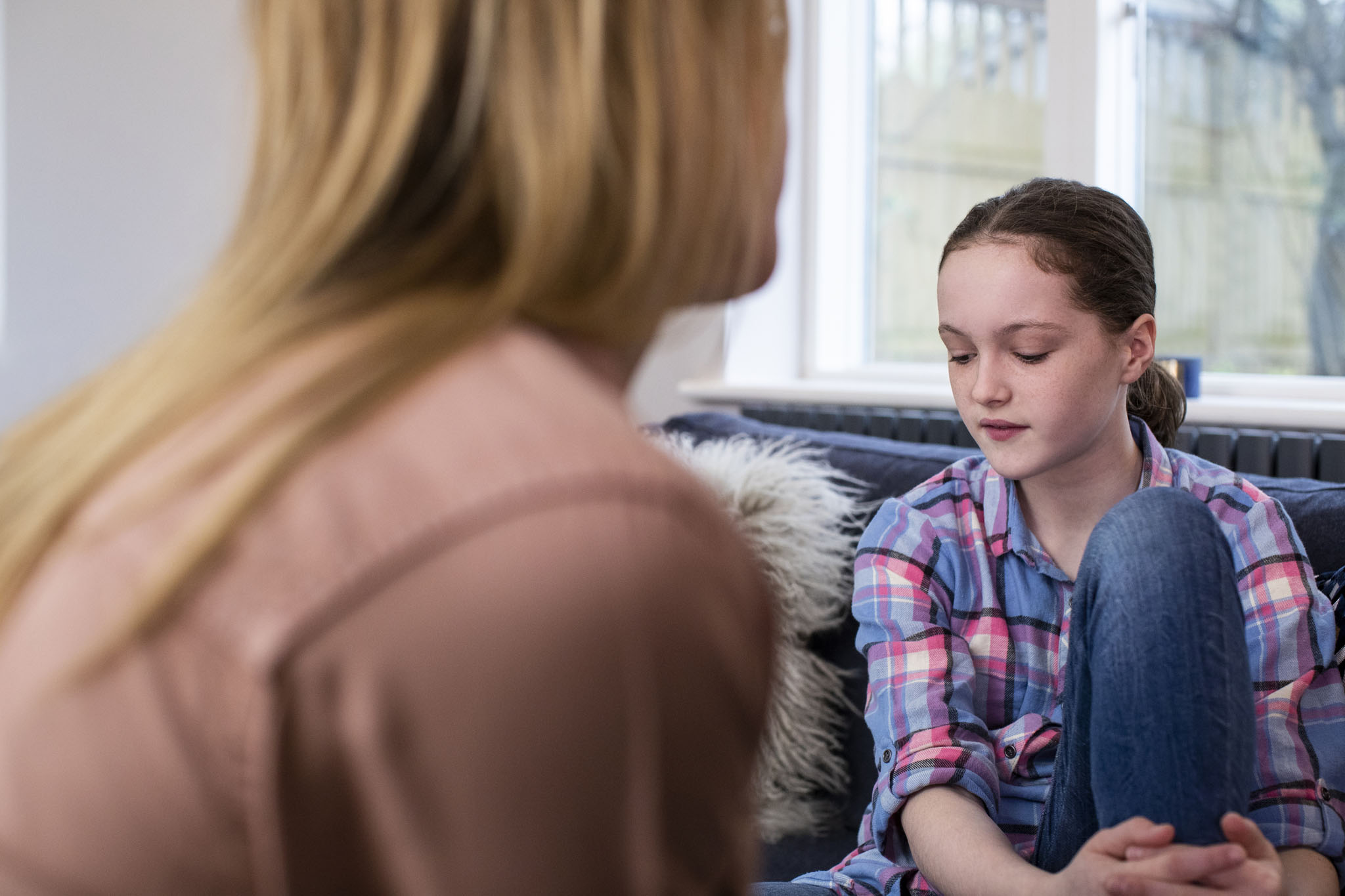When a child has been sexually abused, the first step toward healing is for someone to recognize the signs. To do this, it is helpful to know what those signs look like and the difference between signs indicating abuse vs. typical childhood behavior.
As you talk with your child and create a strong channel of communication, you may hear or see things that cause you to have reasons for concern regarding their safety. This may include your child acting out or displaying overly sexualized behaviors, but understand that in some instances, this is common.
Warning Signs to Evaluate:
- Excessive or coercive sexual behaviors – These behaviors, especially in school-aged children who display other behavioral problems, may indicate sexual abuse or other life stressors that need to be addressed professionally.
- Age gaps – Likewise, sexual experimentation between children with age gaps greater than four years is a warning sign of some deeper problem that should be addressed professionally.
- Developmentally inappropriate knowledge – It is rare for young children, especially preschoolers, to display knowledge of oral sex or the mechanics of sexual intercourse. It is cause for concern if your child demonstrates age-inappropriate knowledge verbally or by their actions. It may indicate sexual abuse or exposure to pornographic materials.
Although some sexual behavior is normal for children, there are behaviors that may indicate something has happened.
- Feelings of stress or fear when danger is not present – According to the National Institute of Mental Health (NIMH), people who have Posttraumatic Stress Disorder (PTSD) “…may feel stressed or frightened even when they’re no longer in danger.” They go on to state: “PTSD develops after a terrifying ordeal that involves physical harm or the threat of physical harm. The person who develops PTSD may have been the one who was harmed, the harm may have happened to a loved one, or the person may have witnessed a harmful event that happened to loved ones or strangers.” The U.S. Department of Veterans Affairs, a leading source of information on the disorder for the general public, notes that the latest edition of Diagnostic and Statistical Manual (DSM-5) “…introduced a preschool subtype of PTSD for children ages six years and younger,” and includes diagnosis criteria for “delayed expression and a dissociative subtype of PTSD.”
The Lauren’s Kids, Guide to Hope and Healing includes a Child Behavior Checklist which includes behaviors and emotions that children who have been traumatized by sexual abuse may exhibit. As you go through this list, consider not only if you have noticed any of these changes, but also any specific examples you can think of. Keep this document with other important materials, so that when you and your child work with a counselor or advocate, you can use these examples to help explain the changes you have observed. Your observations and careful attention to your child can help them in the healing process.
For more information on signs of abuse and to access your free Child Behavior Checklist visit: https://laurenskids.org/reasons-for-concern/
For suggested professional advocacy and therapy resources in your area, visit: https://laurenskids.org/responding-to-disclosure-of-child-sexual-abuse/

